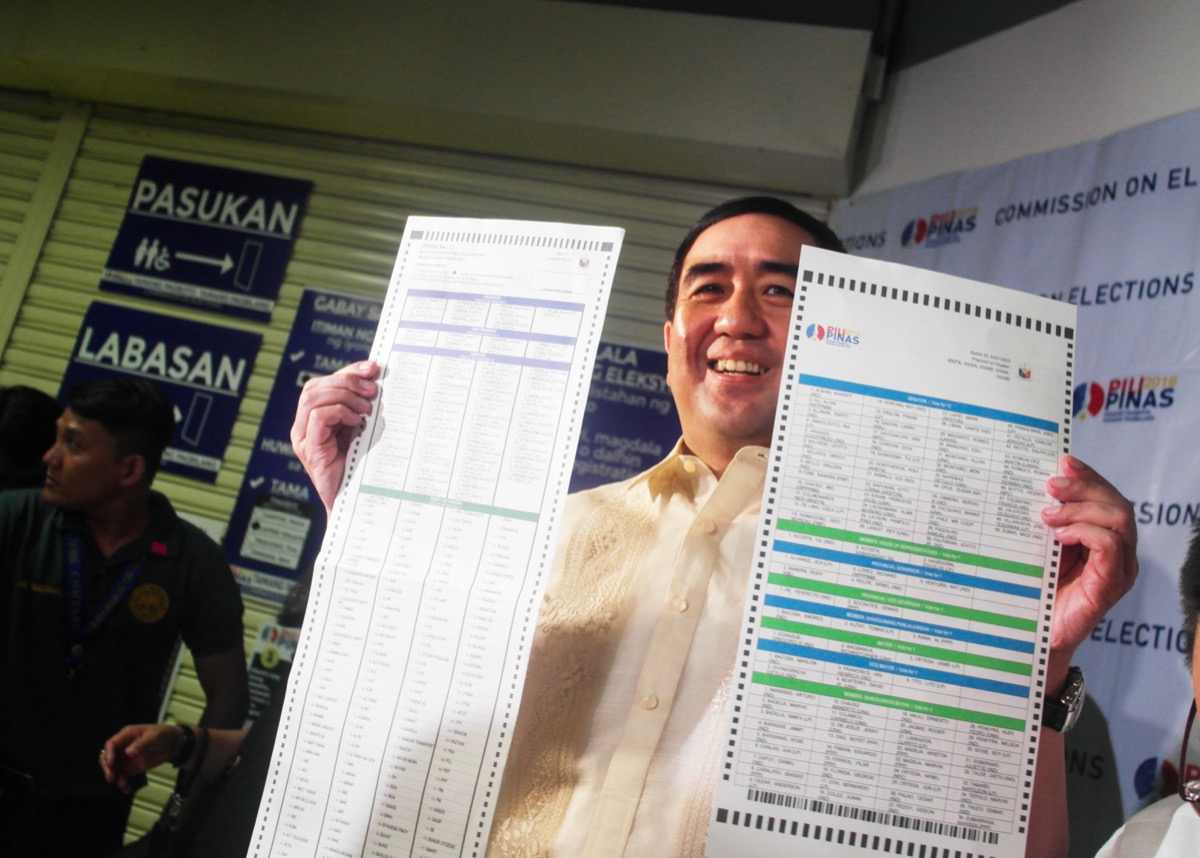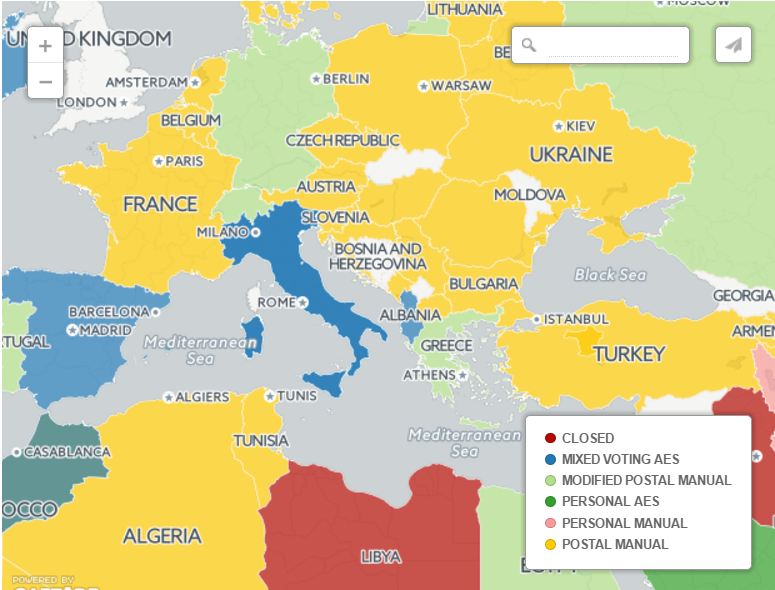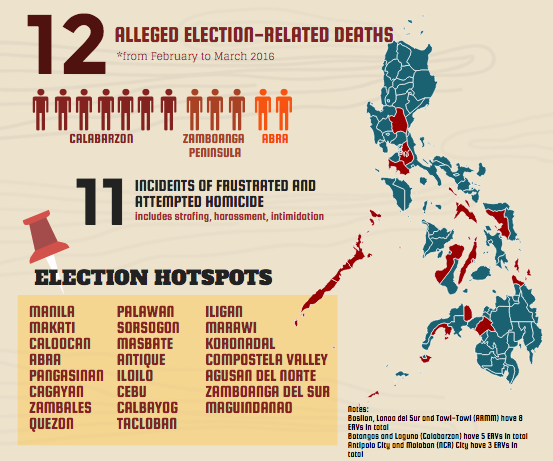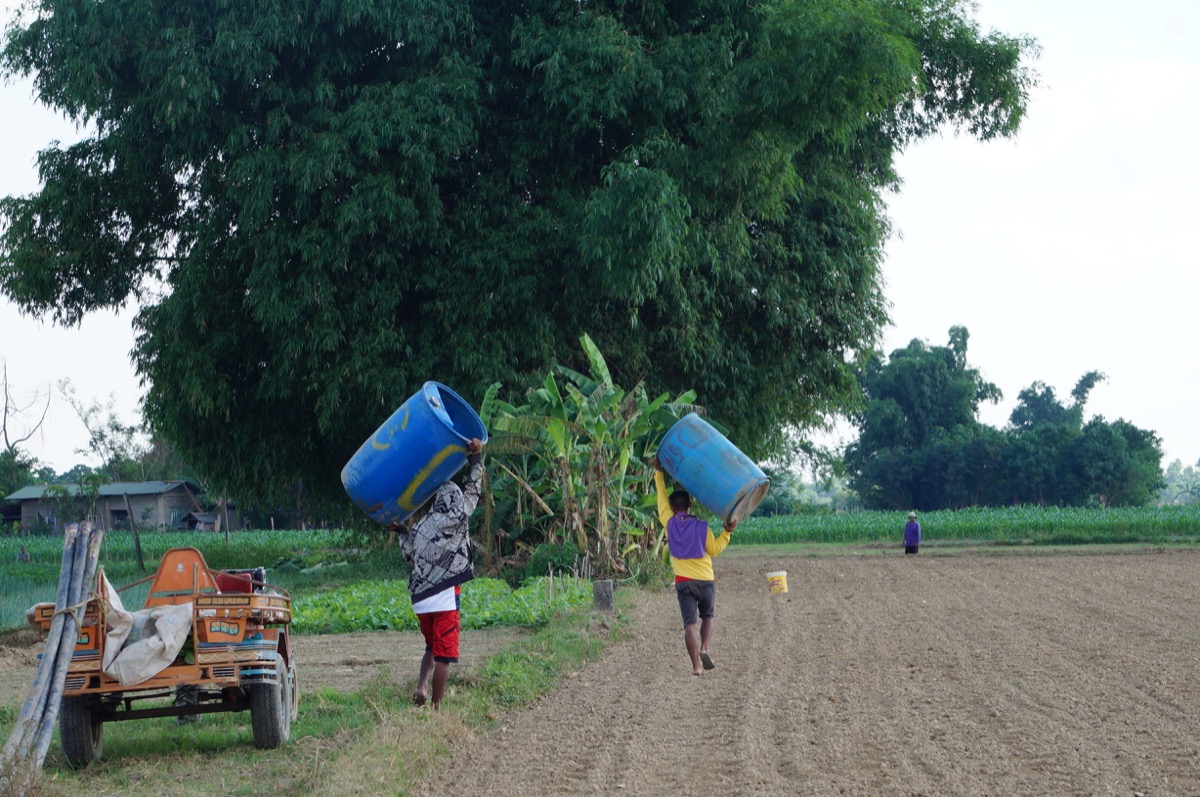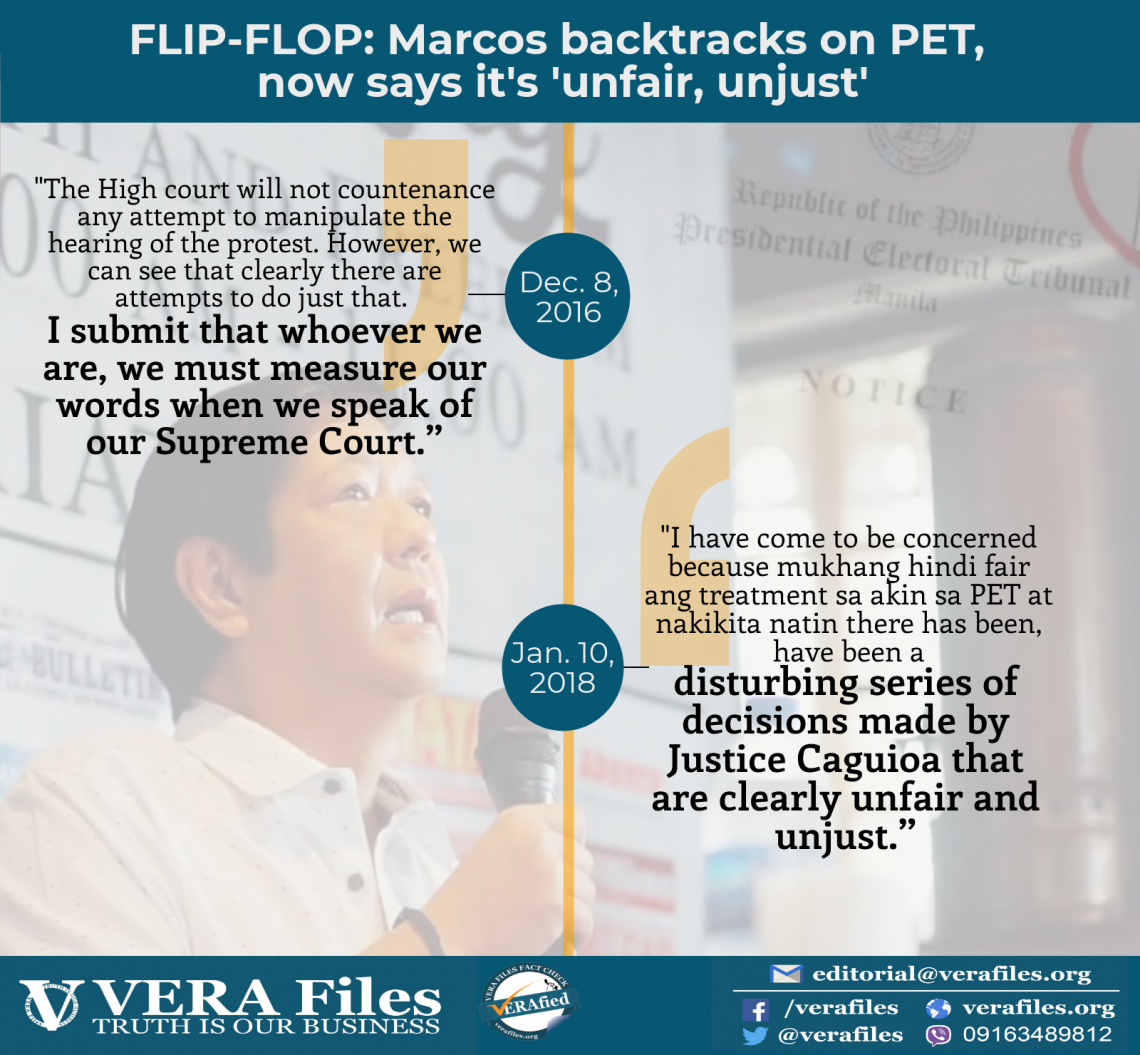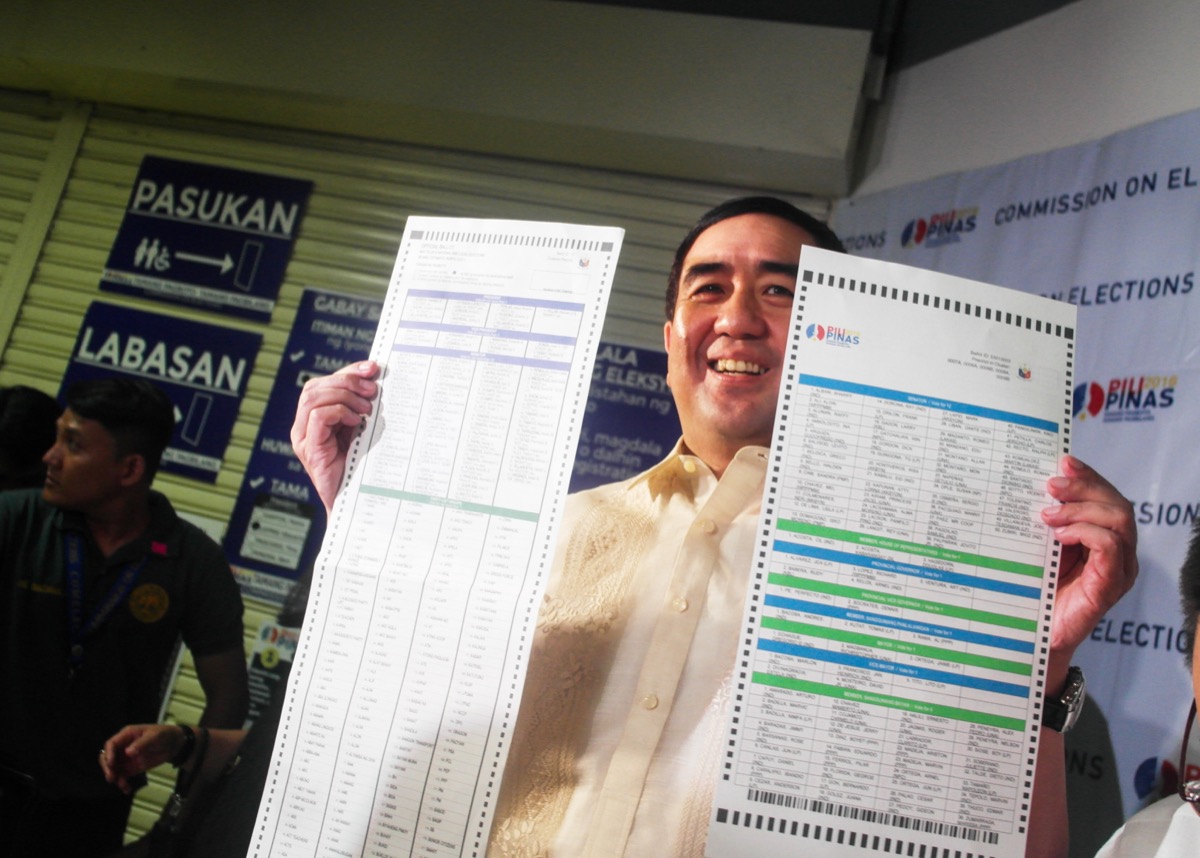
By MARIA FEONA IMPERIAL
AFTER a series of delays, the Commission on Elections has finally started printing nearly 57 million official ballots for the 2016 polls.
Comelec Chair Andres Bautista led observers, poll watchdogs and members of the media in a walkthrough today at the National Printing Office, the government agency in charge of the printing.
With shorter ballots, Bautista said Comelec is confident that it will be able to meet the April 25 deadline.
Shorter ballots
From 27 inches, the regular ballot has been trimmed to 20 inches due to fewer candidates.
In 2010, there were eight presidential bets, 61 senatoriables and 187 party lists. For this year’s polls, the figures have been cut to six, 50 and 115, respectively.
Trimming the ballots has also helped compensate for previous postponements in printing. (See Printing of ballots delayed for the 4th time)
Printing was originally scheduled on January 26, but was moved to February 1 and 8 due to unsettled disqualification cases of certain candidates. The date was moved again due to software issues.
Meanwhile, ballots
for elections in the Autonomous Region of Muslim Mindanao (ARMM) measure 24 inches due to Arabic translations.
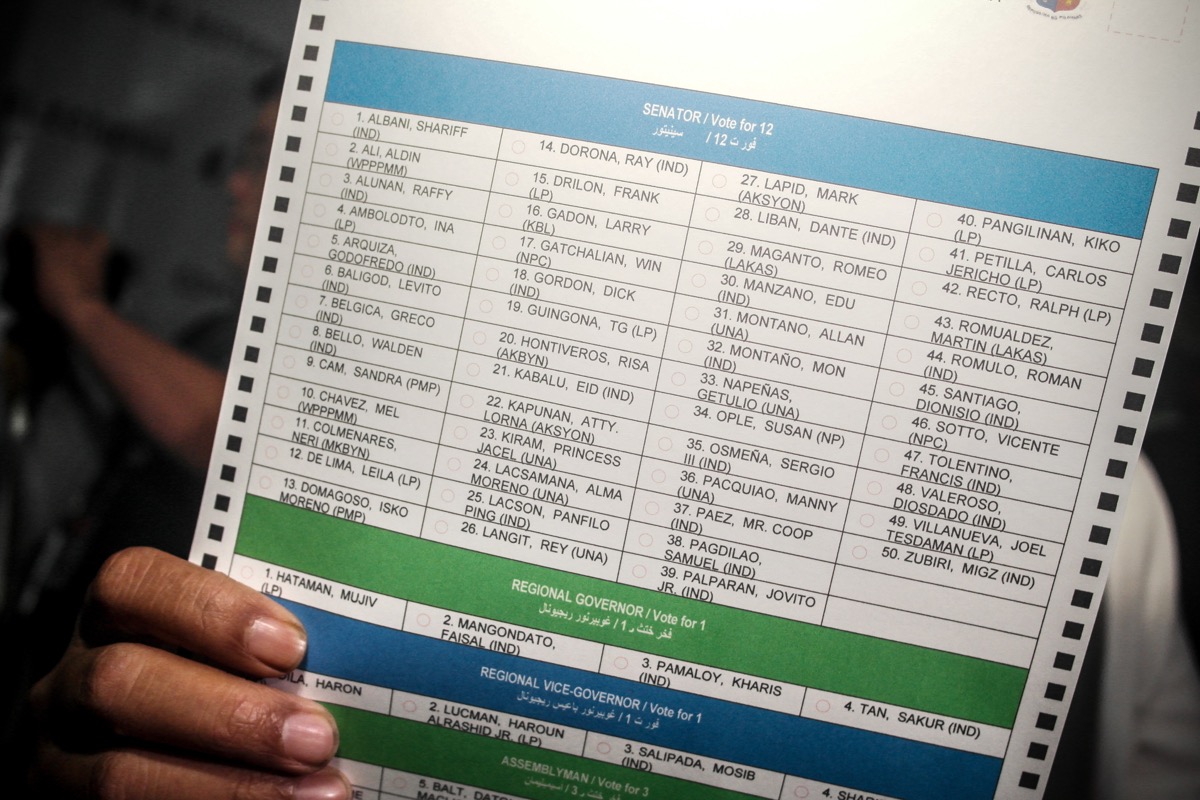
The Comelec targets printing of 56,772,230 ballots for the May 9 polls. Of this number, 54,363,844 ballots will be used for the regular elections, while 1,189,350 are allotted for overseas absentee voting.
The remaining ballots will be used for the pre-election logical accuracy test (Pre-LAT), which allocates three ballots per precinct, and the final testing and sealing (FTS) with 10 ballots per precinct.
For overseas voting, the deadline of printing ballots is scheduled on April 9.
1 million ballots per day
According to lawyer Genevieve Velicaria-Guevarra, who heads the printing committee of the Comelec, they are eyeing to print a maximum of 1 million ballots per day.
The full-blast printing, however, is yet to start next week to “ramp up” the process and give way to adjustments in the machine and the employees.
The NPO will undergo 24/7 operations, even during weekends, until the April 25 deadline is met.
Velicaria-Guevarra said printing will most likely have to be halted during Maundy Thursday and Good Friday, in observance of the Holy Week.
Each ballot costs around P19.70. For every ballot, P5 goes to the NPO for printing and logistical expenses, while the rest goes to bidder Smartmatic.
Poe’s, Señeres’ names to stay on ballot
Meanwhile, Bautista told reporters that the names of presidential aspirants Senator Grace Poe and the late ambassador Roy Señeres will stay on the ballot.
Poe’s disqualification case is still pending decision from the high court.
In the case of Señeres, who died of cardiac arrest last week, Bautista said Section 77 of the Omnibus Election Code allows the candidate’s political party to field a substitute until election day.
Minor fixes in ballot design
Receiving reports of rejected ballots during the mock elections last Saturday, the Comelec has considered changing some elements on the ballot.
A poll watchdog earlier suggested increasing the size of the box allotted for the signature of the Board of Election Inspectors because in some cases, the ballots were not read by the vote-counting machines (VCMs). (See Minor glitches in voting machines during mock polls)
Bautista said the provider had already come up with adjustments to address this. Even if the signature exceeds the box, the ballots would now be appreciated by the VCMs.
The poll chief also clarified that inkblots from the marking pen has no bearing when it comes to appreciation of ballots. But the Comelec is considering whether to replace the marking pens.
On Saturday, the poll body held simultaneous mock elections across 40 voting centers nationwide.
Bautista said the poll body has yet to come up with an assessment of the mock elections during the en banc session tomorrow.
